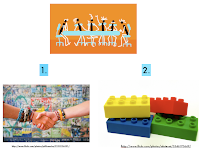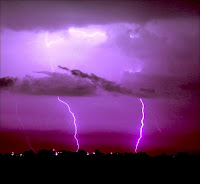1. New Teacher Training
New teachers are overwhelmed with all of the nuts and bolts they have to learn when they first arrive. Imagine if there were a one-stop spot for them to access a tutorial for just-in-time learning as they need it rather than being inundated with information and paper when they first arrive. The following nuts and bolts screen casts are but a few of the many possibilities for this audience:
- Taking attendance
- Using the online calendars
- Finding resources in the libraries (including the professional one)
- Finding which books are available in the book room
- How to request a substitute
- How to access online resources for math, science, etc.
2. Demonstration Lessons
Teams could collaboratively develop demonstration lessons on using specific tools (i.e. measuring tools in science or math.) The purpose here is not to replace live classrooms but to have lessons available for students who were absent and/or need a repeat demonstration, training for new teachers, substitutes, IAs, and parent helpers.
3. Virtual School
Many schools around the world already have or are in the midst of preparing for continued learning in the case of an unforeseen school closing. In the international arena, these school closings have already happened a number of times in the past year. This isn't just an international school concern, however, especially with the H1N1 season raging across the northern hemisphere. Read about this school in Chicago:"Virtual Learning Is an Antidote to School Closure". If we are thoughtful and take time to prepare for the distant learning we want to have, the screen casts discussed in #2 (imagine how helpful some of those would become to parents of younger children) plus those that capture full demonstration lessons, read-alouds with commentaries, science experiments (since having all the equipment at home would be a near impossibility), 10 minute math . . . the list is endless. Suddenly "Snow Days" have taken on a whole new meaning (read Dana's thoughtful reflection on the disappearance of these days many of us so fondly remember.)
Food for Thought
The burning question that remains forefront in my mind is: Why haven't we Wiki-ized ourselves at ISB? Why don’t we collaboratively create an ISB center with tutorials for the many tools that teachers, IAs, adminstrators, students, and parents might access when they are needed for a learning endeavor. Many of these undoubtedly already exist. We now just need the orgainzational framework. Such a centralized approach would not only be using collaboration to work smarter, but would be a huge step in preparing for an effective virtual school in the eventuality of that being needed.












